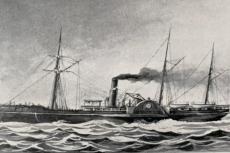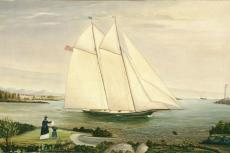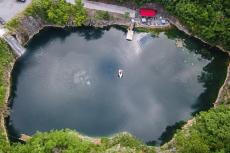Study reveals more clues to New England shipwreck of 1626
Since 1889 the Pilgrim Hall Museum in Plymouth has had 109 timbers from a shipwreck believed to be the Sparrow-Hawk that sank in 1626. In March 2022, an international, multiyear study on the timbers provided the best evidence that the wreckage is from the Sparrow-Hawk.
Based on where the timbers were found, it was long believed that they were from the 12-meter (40ft) ship. The Sparrow-Hawk is the oldest known shipwreck in English Colonial America. Until now, there has always been some uncertainty about its true identity.

Historical reference
The Plymouth Colony Gov. William Bradford wrote about a small ship bound for Jamestown, Virginia, that was forced ashore by a storm in 1626, near what is now the town of Orleans. The boat had many passengers and carried sundry goods. Bradford wrote how the vessel had been at sea for six weeks, the captain got sick with scurvy, and they ran out of water and beer. Passengers Mr. Fells and Mr. Sibsie had many Irish servants. Although not by their free will, they were the first documented Irish colonists in New England. The Nauset tribe, who spoke English, helped the passengers. Local Pilgrims sheltered them for nearly a year before they found passage on other boats to Virginia to farm tobacco.
Meanwhile, the ship was buried by shifting sands until a storm in 1863 uncovered the well-preserved wreckage. Since the 1860s, the unknown ship has been referred to as the Sparrow-Hawk.
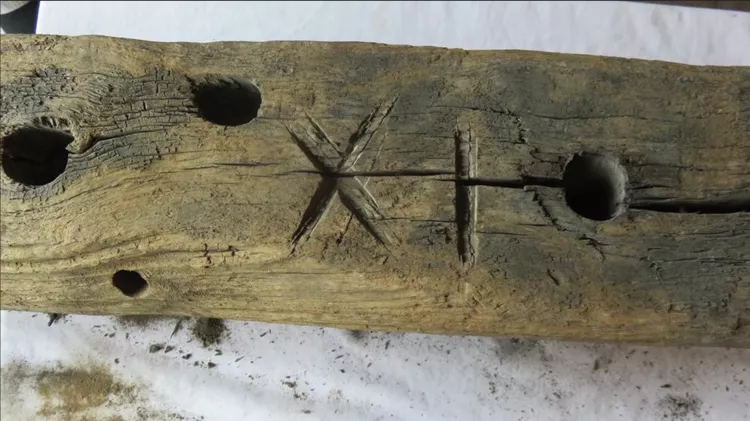
Wood analysis
The recent study, published in the Journal of Archaeological Science: Reports, was performed by maritime archaeologist Calvin Mires from the Woods Hole Oceanographic Institution in Falmouth, Massachusetts; Aiofe Daly, an associate professor at the Saxo Institute at the University of Copenhagen, Denmark; and Fred Hocker, the director of research at the Vasa Museum in Stockholm, Sweden.
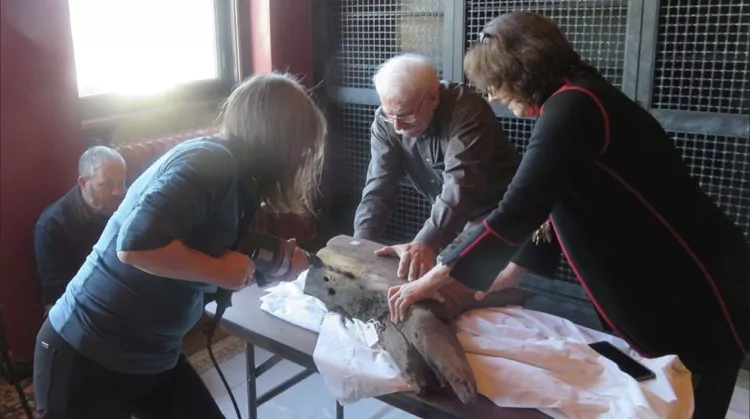
They used wiggle-match dating, which is a form of radiocarbon analysis, and dendrochronology to narrow down when the ship was built. The tests showed that the wood used to make the boat was harvested between 1556 and 1646. Donna Curtin, executive director of the Pilgrim Hall Museum in Plymouth, said. “But we can say with much more confidence than ever before that what we have is compatible with Gov. Bradford’s journal story.”
More scientific study is planned, and Curtin would like to use digital modeling to construct a 3D image of the ship. The plan is to put the Sparrow-Hawk back on public display in 2026. That year will be the 400th anniversary of the wreck.
For more information, go to: https://pilgrimhall.org/ap_sparrowhawk.htm











